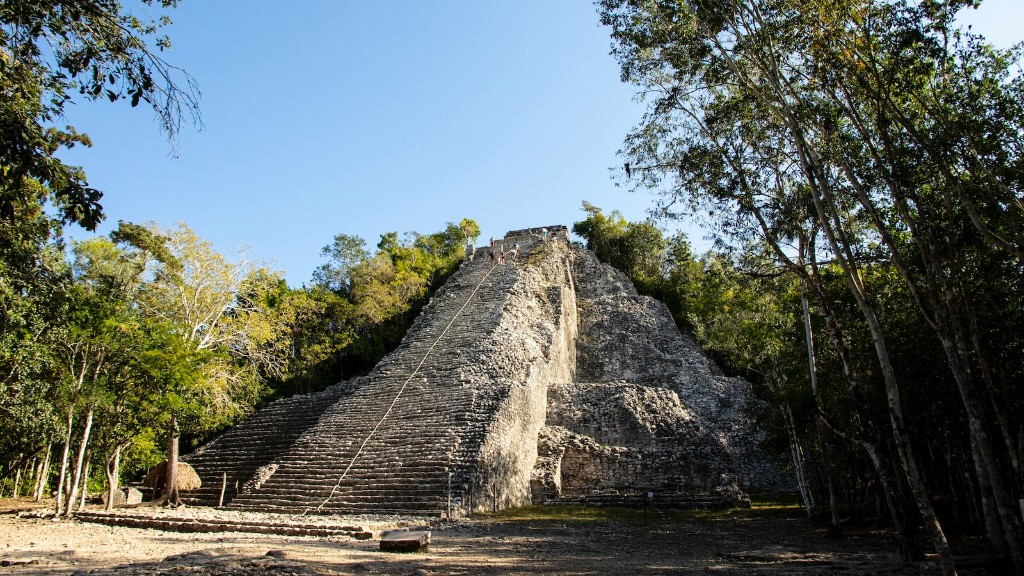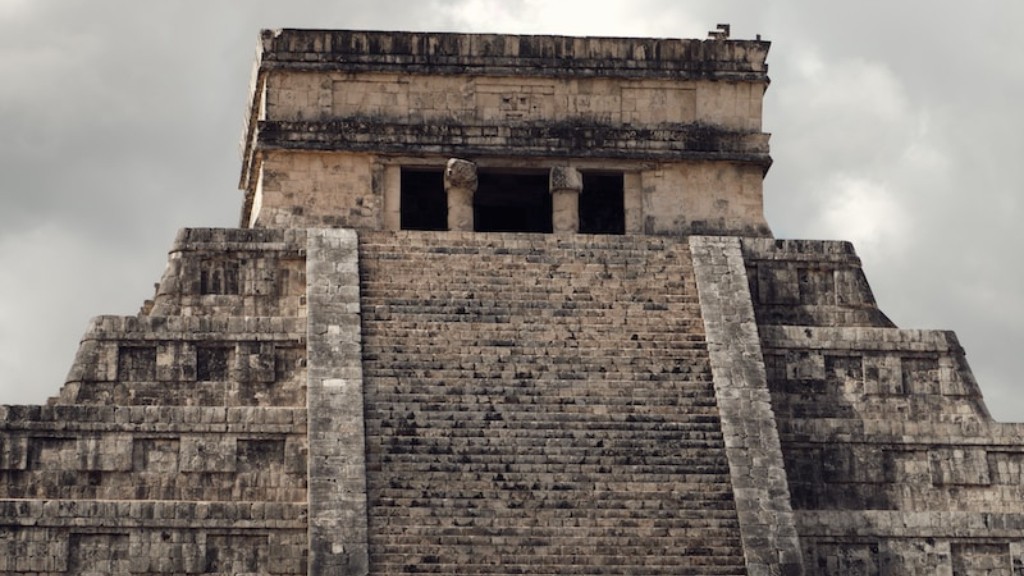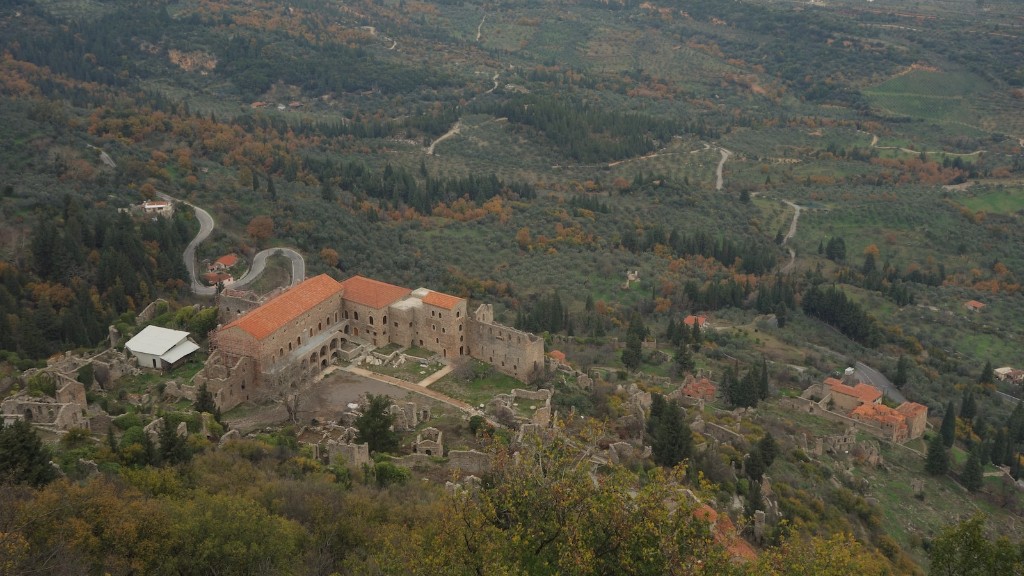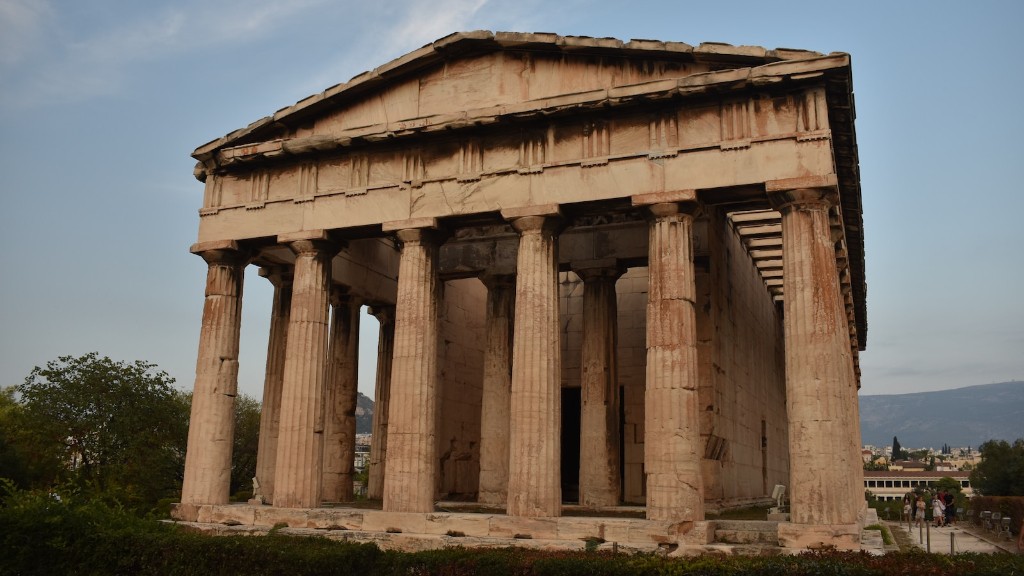The Mystery of Aztec and Mayan Civilization
The ancient civilizations of the Aztecs and the Mayans have fascinated researchers and archeologists for centuries. These enigmatic cultures, which flourished in Mesoamerica, left behind a wealth of artifacts, symbols, and architectural wonders that continue to capture our imagination. In this article, we delve into the mysteries surrounding these civilizations, exploring their origins, achievements, and eventual demise.
Origins
The origins of the Aztec and Mayan civilizations are shrouded in mystery. Historians and anthropologists have put forth various theories, each offering a unique perspective on their development. Some suggest that these cultures arose independently, evolving from regional societies over time. Others propose that they were influenced by ancient Olmec civilization, as evidenced by striking similarities in their art and iconography.
Anecdotal evidence suggests that both Aztecs and Mayans shared a common ancestry, possibly originating from a group of nomadic hunters who migrated to the region thousands of years ago. These early settlers gradually transitioned into advanced agricultural societies, cultivating maize and developing complex social structures.
Achievements
The Aztec and Mayan civilizations achieved remarkable feats in various fields, including architecture, mathematics, astronomy, and agriculture. Their architectural marvels, such as palaces, pyramids, and temples, stand as testament to their engineering prowess and aesthetic sensibilities.
Both cultures demonstrated an advanced understanding of mathematics and astronomy, developing sophisticated calendars based on complex calculations of planetary movements and celestial events. Their agricultural practices, including the famous Aztec chinampas (floating gardens), allowed for surplus food production, supporting growing populations.
Evidence suggests that the Aztecs and Mayans also engaged in extensive trade networks, facilitating the exchange of goods and ideas across vast distances. The incredible craftsmanship of their pottery, textiles, and jewelry further highlights their artistic skills and cultural richness.
Demise
Despite their remarkable achievements, both the Aztec and Mayan civilizations eventually experienced a collapse. The reasons behind their decline have long been debated by researchers. One prevailing theory suggests that environmental factors, such as droughts and overpopulation, played a significant role. Resource depletion, intensified conflict, and societal unrest likely contributed to the downfall of these once-great cultures.
Another hypothesis proposes that the arrival of Spanish conquistadors in the 16th century, with their superior weaponry and diseases, led to the rapid decline and ultimate demise of these civilizations. European colonization and the subsequent imposition of a new social order disrupted existing power structures and cultural norms, leaving a lasting impact on the indigenous populations.
Legacy and Continued Research
The legacy of the Aztec and Mayan civilizations endures to this day. Their influence can be seen in the region’s art, architecture, language, and cultural traditions. Archeological excavations and ongoing research continue to shed light on various aspects of these ancient cultures, revealing new insights into their social, political, and religious practices.
Researchers are particularly intrigued by the enigmatic glyphs and symbols found in Mayan hieroglyphic writing, which have yet to be fully deciphered. Efforts to unlock the secrets of this ancient script are ongoing, with scholars making significant progress in recent decades.
The study of the Aztec and Mayan civilizations provides us with a fascinating window into the past, allowing us to better understand the complexities of ancient Mesoamerican societies. As we continue to uncover their secrets, these mysterious cultures will undoubtedly continue to captivate our imagination and inspire future generations.



